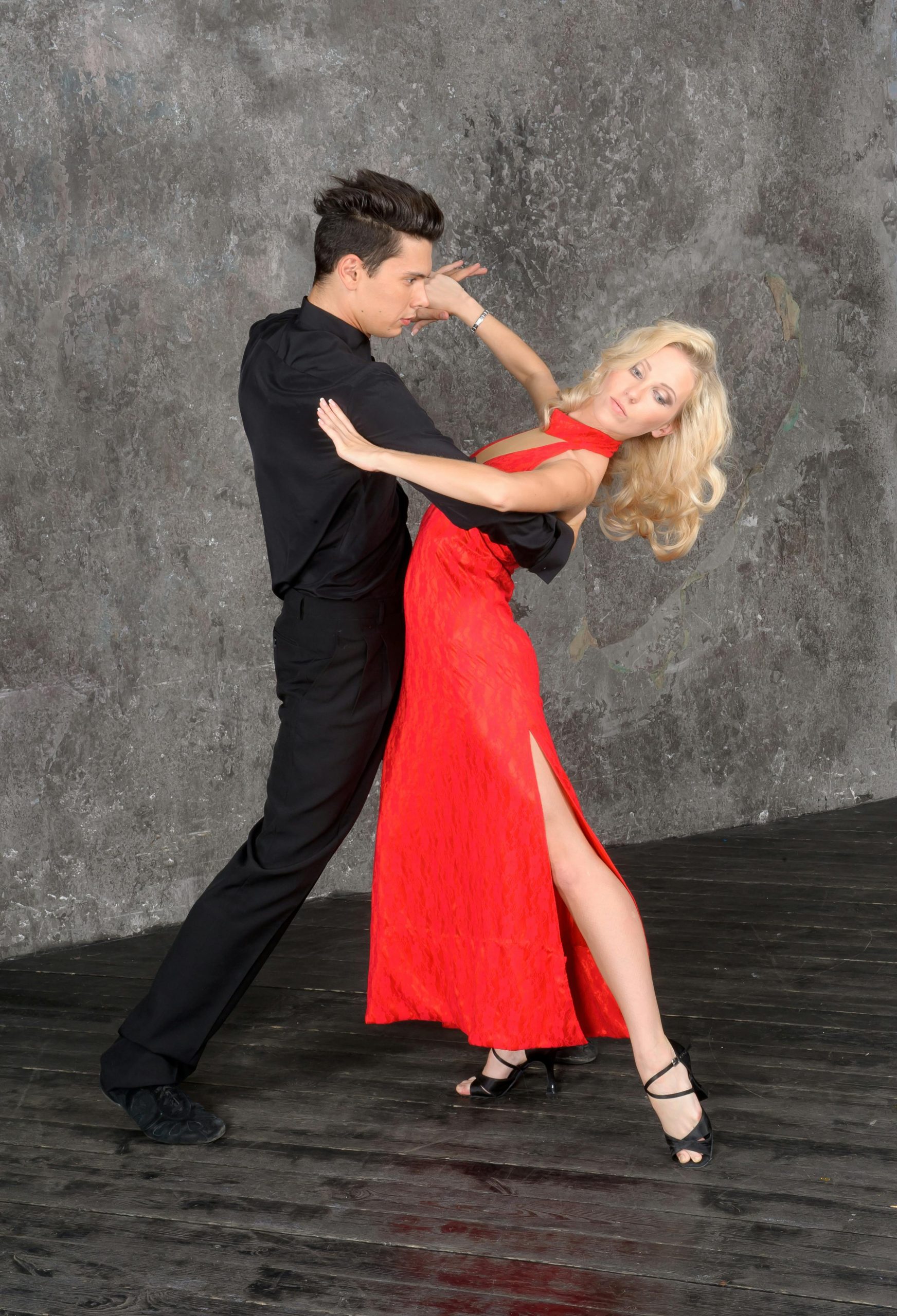Introduction:
The red carpet has long been synonymous with glamour, fashion, and celebrity. However, when royalty graces the red carpet, the spectacle ascends to a new level of grandeur. The Royal Red Carpet events, marked by the attendance of kings, queens, princes, and princesses, offer a unique fusion of ceremonial tradition and contemporary fashion trends. This article explores the significance of the Royal Red Carpet, delving into its impact on fashion, the protocol surrounding royal attire, and its influence on public perception and style trends.
The Intersection of Tradition and Modernity:

At Royal Red Carpet events, the attire worn by royal family members is a carefully curated blend of tradition and modernity. These occasions allow for the display of regal elegance through fashion choices that often incorporate symbolic elements, national colors, or motifs that pay homage to a country’s heritage, while also embracing contemporary design and trends.
- Symbolism and Protocol: Royal attire is laden with symbolism and adheres to strict protocols that have been established over centuries. From the wearing of specific medals and honors to the choice of colors that represent a royal house or nation, every detail is imbued with meaning.
- Designer Spotlight: Royal Red Carpet appearances are significant for fashion designers. A royal endorsement can catapult a designer to international recognition, with chosen outfits often becoming instantly iconic and highly sought after by the public.
Influence on Fashion Trends:
The global fascination with royalty means that the fashion choices made for Royal Red Carpet appearances have a considerable impact on global fashion trends. When royalty chooses to wear a particular style, fabric, or color, it often sets trends that ripple through the fashion industry, influencing everything from haute couture to high-street fashion.
- Accessibility and Imitation: High-street brands frequently produce “inspired by” lines following major royal events, making the regal style accessible to a broader audience. This democratization of royal fashion allows the public to incorporate elements of royal elegance into their everyday wardrobes.
Beyond the Gowns and Jewels:
While much attention is paid to luxurious gowns and glittering jewels, Royal Red Carpet fashion also extends to more subtle expressions of style and identity. Tailored suits, military uniforms, and traditional attire worn by royals reflect a deep respect for their roles and the occasions they are attending, blending personal style with national identity and royal duties.
- Menswear and Military Uniforms: Royal men often appear in meticulously tailored suits or traditional military uniforms that reflect their rank and honors, contributing to the overall spectacle of elegance and tradition.
- Cultural Representation: For royals from diverse cultures, the red carpet is an opportunity to showcase traditional attire, highlighting the rich tapestry of global royal fashion and heritage.
Conclusion:
The Royal Red Carpet is more than just a parade of fashion; it is a stage where the worlds of royalty, tradition, and contemporary style converge. These events offer a rare glimpse into the private world of monarchies, humanizing figures often shrouded in mystique, while also setting the tone for fashion trends that resonate far beyond the confines of palaces. As royals navigate the red carpet, they do so not just as symbols of their nations but as trendsetters and icons of style, whose fashion choices are watched, analyzed, and emulated by millions around the globe. In every thread of their attire, royals weave a narrative of history, duty, and modernity, demonstrating the enduring influence of royal fashion in shaping not only trends but also our collective imagination of what it means to dress like royalty.

